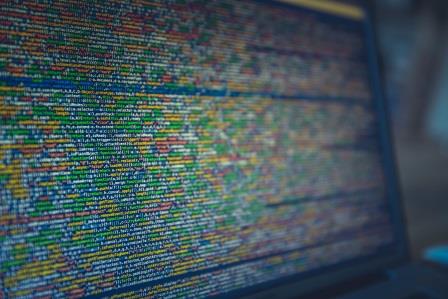
Fighting cyber criminals with artificial intelligence
Innovation
Posted 22 Dec 2016
News about cyber-attacks have dominated the media over the last weeks and there are no signs of a soon ending. The attack on Telekom routers which paralyzed many German homes or the Deutsche Bahn, whose Wi-Fi standards have failed security tests in their trains are only two of the most prominent examples. Even the US election raised suspicions about the involvement of hackers and the discussions about the security of the upcoming German parliamentary elections have already started.
It seems that cyber criminals keep influencing our daily lives more and more, while many of the safety measures we take are insufficient. But how can we protect ourselves in the future when cyber criminals become increasingly sophisticated?
One approach is using the help of Artificial Intelligence (AI). The technology behind AI has not only been convincing when playing chess but it could also win the “game” against cyber criminals. There are already some events where mainframe computers infect themselves with malware and try to conquer each other automatically. This exact scenario was practiced by research authorities of the US Department of Defense at the Defcon competition „Darpa“ in Las Vegas. The event was supposed to show how computers react to attacks and how they react in a fully automated way. Surprisingly to the audience, the computer which was attacked first didn’t immediately defend itself, but worked out a strategy to fix the security breach before attacking the other computer.
Machines learn by detecting patterns
Security solutions are based on mathematics and increasingly on machine learning and artificial intelligence. Machine learning is based on detecting patterns. Self-learning solutions use available knowledge to generate an infinite amount of possible attack scenarios to develop increasingly sophisticated recognition and reaction abilities. In the future, systems might be able to carry out transactions safely, even when they are attacked, and repair themselves as soon as an attack is registered.
The problem is, however, that most procedures can only detect an attack after it has been carried out. It will be important for intelligent software to interpret the data, in case of a security breach, and evaluate which software has been used. Therefore, it will be crucial to detect suspicious operations as fast as possible and send out warnings in case of a breach.
What does this mean for organizations and private users?
Considering the increasing complexity of company networks which results from the use of mobile, virtual and cloud-based technologies, defensive systems using artificial intelligence represent protection in a flexible network environment which can’t be provided by rigid solutions anymore.
Also, interventions in networks of private owners can become more severe due to insufficient protection. The networking of household appliances and the access to internal devices using mobile phones which comes with the Internet of Things (IoT) bears many safety risks that are not addressed enough by users and providers.
Using machine learning to cope with the virtual threat is seen as the ideal answer to the problem. The analysis of large amounts of data could proceed faster in case of an emergency, or could at least be reduced to a minimum.